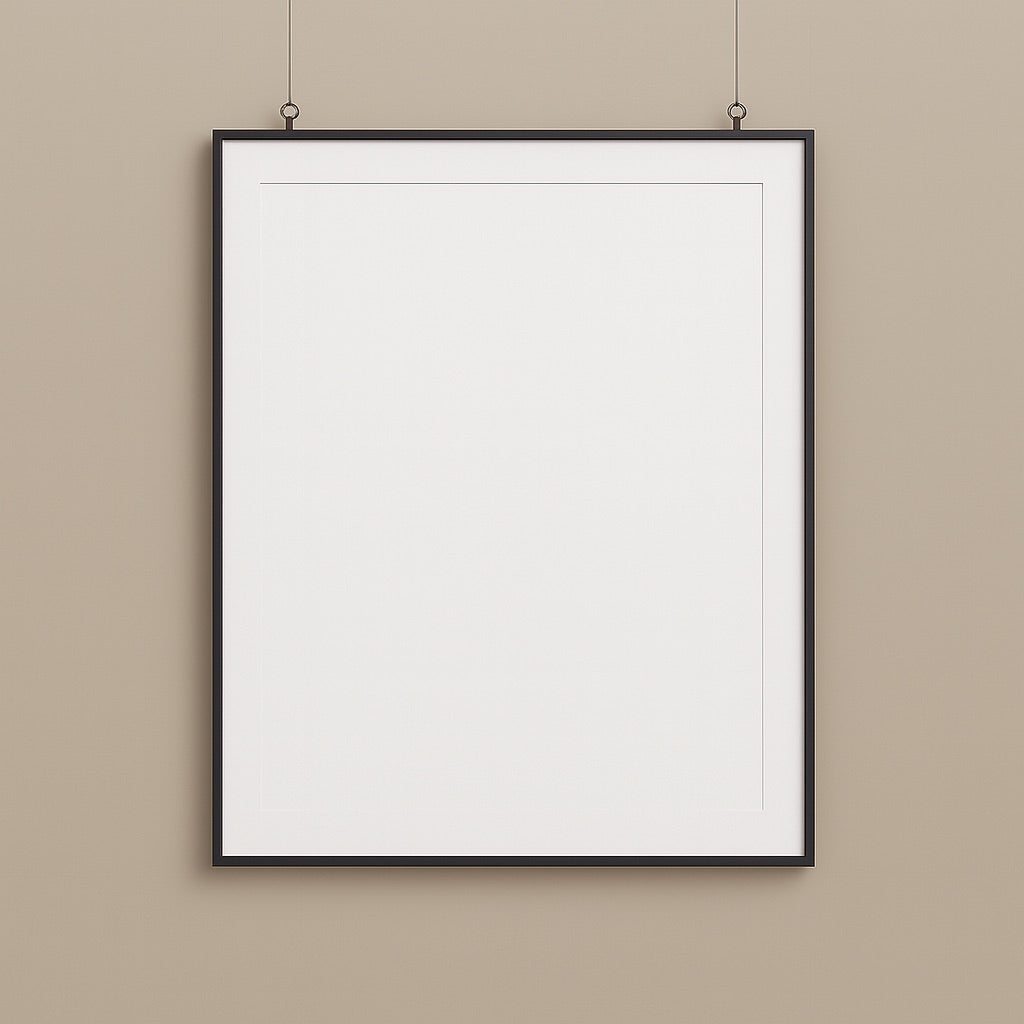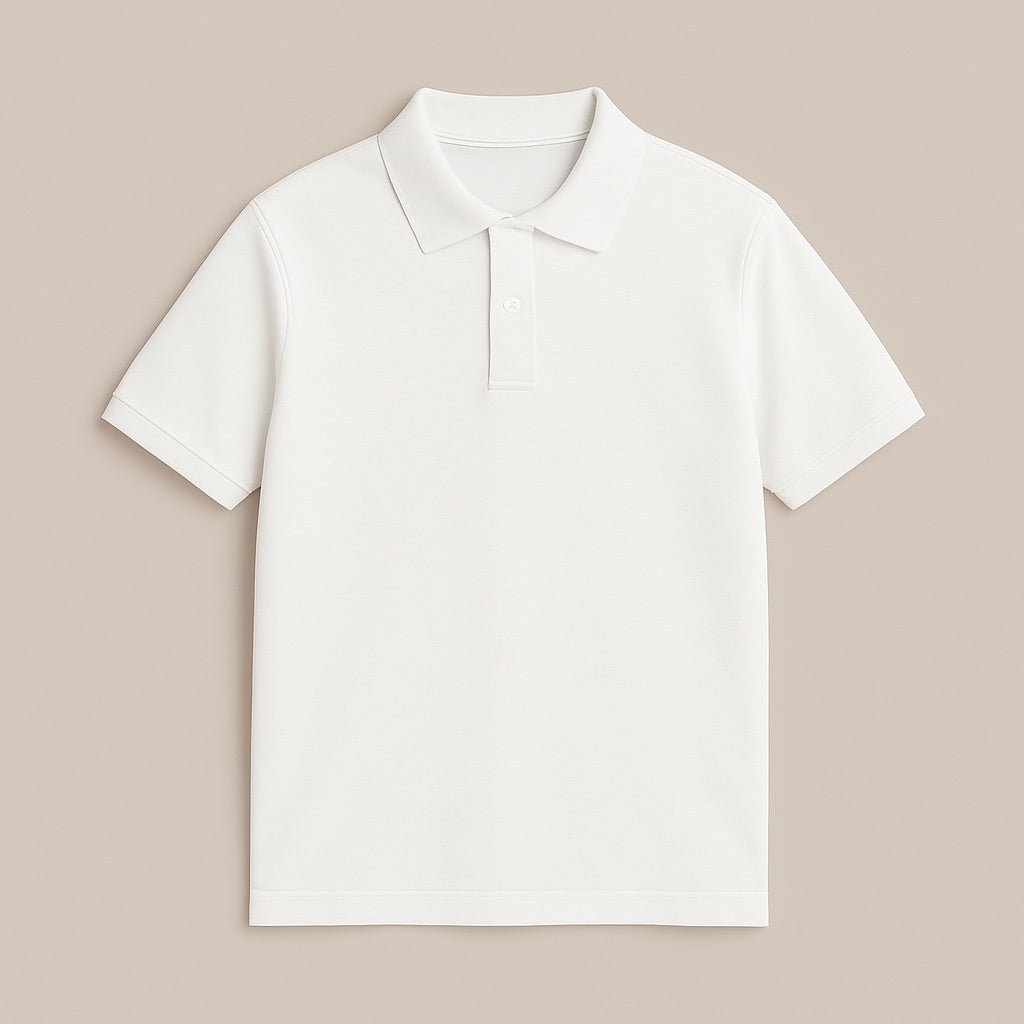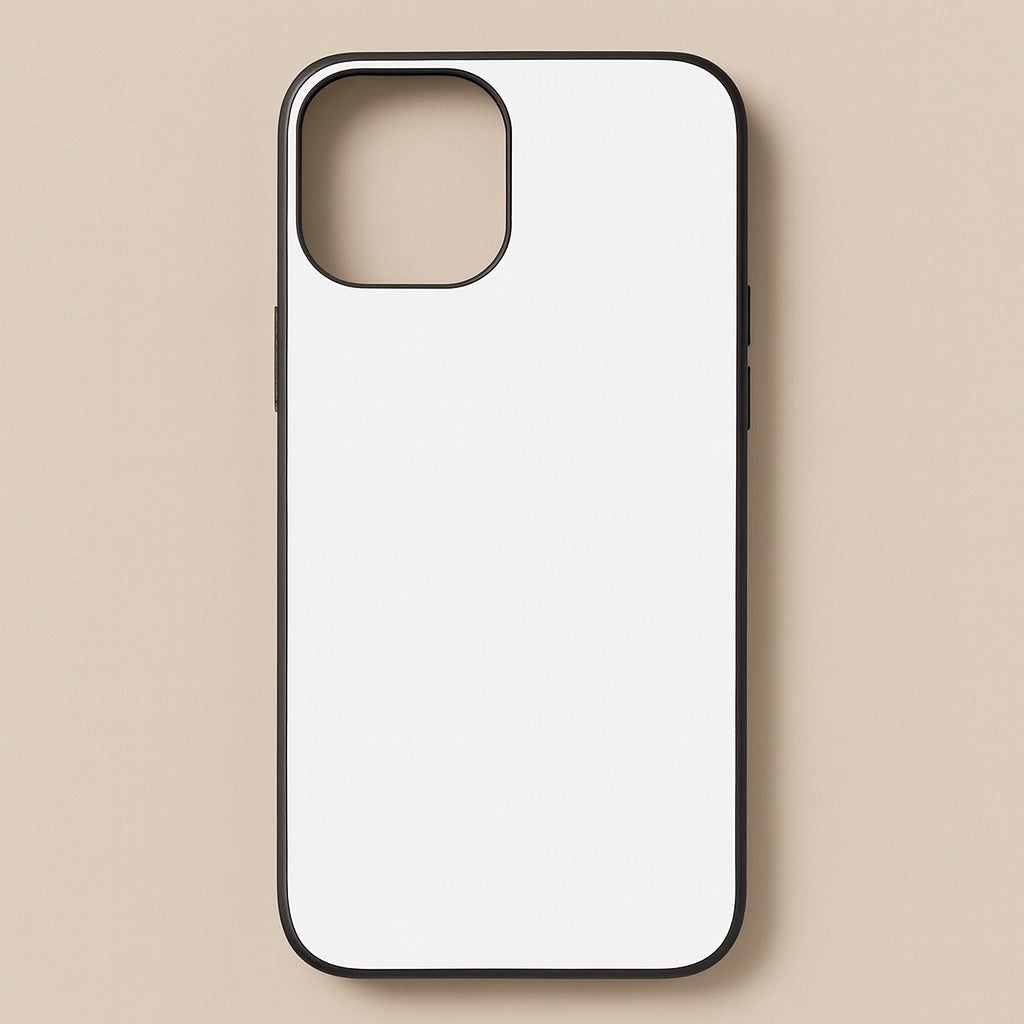The Beginner’s Guide to Vinyl Shirt Printing: Step-by-Step Tutorial
Looking to personalize your wardrobe or start a custom T-shirt business? Vinyl shirt printing offers an accessible, creative way to turn your ideas into wearable art. This guide walks you through each stage so you can confidently design and print vibrant shirts at home or work.
What Is Vinyl Shirt Printing?
Vinyl shirt printing is a technique where designs cut from colored vinyl sheets are heat-pressed onto fabric—typically cotton or polyester. This process produces crisp, durable graphics ideal for text, logos, and simple artwork. Unlike screen printing, it’s great for smaller batches and offers versatility for crafters and businesses alike.
Why Choose Vinyl Shirt Printing?
Vinyl printing shines for both beginners and professionals due to its accessibility and convenience. Here’s why many prefer this method:
- Affordable start-up: Entry-level equipment suits various budgets, making it easy to test the waters.
- Durable designs: Heat-applied vinyl holds up well to washing without significant fading or cracking.
- No mess: Unlike inks, vinyl doesn’t require mixing or extensive clean-up.
- Customization: Easily create limited runs, personalized gifts, or one-off designs.
- Quick turnaround: Simple graphics go from idea to shirt in under an hour.
Essential Supplies for Vinyl Shirt Printing
Before you dive in, gather these fundamental tools and materials:
- Heat transfer vinyl (HTV): Available in many colors, finishes, and textures.
- Cutting machine: Popular choices include Cricut or Silhouette.
- Weeding tools: Tweezers or hook tools for removing excess vinyl.
- Heat press or iron: For evenly applying heat and pressure.
- Blank shirts: Cotton, polyester, or blends work best.
- Protective sheet or parchment: Prevents scorching and vinyl sticking to the press.
- Design software: Usually included with your cutter or available free online.
Designing Your Artwork
The success of your vinyl shirt printing project starts with smart design choices. Keep these tips in mind:
- Simplicity: Solid shapes, bold lines, and minimal details produce the cleanest results.
- Size and placement: Adjust your artwork for the shirt’s size and desired look.
- Color contrast: Choose vinyl colors that pop against your fabric.
- Vector files: Designs should be in SVG or other vector formats for smooth cutting.
Using design software, you can easily create your own art or access free and paid files online. Arrange each component within your workspace and remember to “mirror” text and images before cutting—this ensures your design reads correctly.
Cutting the Vinyl
Now you’re ready to bring your digital artwork into the real world. Here’s how the cutting process works:
- Place your chosen heat transfer vinyl onto the cutting mat with the shiny, clear side facing down.
- Load the mat into your machine, ensuring it lines up along the guides.
- Select the correct material setting in your software to match the vinyl type.
- Send the mirrored design to your cutter. Patience pays off; let the machine finish its work.
- Once done, carefully remove the vinyl from the mat.
Weeding Your Design
Weeding refers to removing the extra vinyl surrounding (and inside) your artwork. This stage requires steady hands and a bit of patience:
- Use a weeding tool or pointed tweezers.
- Start with the borders, lifting unwanted vinyl away from the carrier sheet.
- Carefully weed out interior spaces like the centers of letters.
- Double-check that only your intended shapes remain on the sheet.
Tip: Some creators find it easier to see cut lines by placing the vinyl on a light box or in bright natural light.
Heat Pressing the Vinyl onto Your Shirt
Now, it’s time to apply your weeded design to the fabric using a heat press or household iron:
- Preheat your press or iron according to the vinyl manufacturer’s instructions.
- Lay the shirt on a flat, heat-resistant surface. Smooth out all wrinkles.
- Position the vinyl, clear side up, exactly where you want the image to appear.
- Place parchment paper or a protective sheet on top to protect both the vinyl and the press.
- Apply firm, even pressure for the recommended time (typically 10-20 seconds at 305°F/150°C, but always check your vinyl’s guide).
- Allow the carrier sheet to cool slightly, then peel it away. If it lifts, apply more heat as needed.
Caring for Your Vinyl-Printed Shirts
Proper care keeps your custom shirts looking fresh for longer. Follow these simple steps:
- Turn shirts inside out before washing to protect the vinyl.
- Use cold or warm water and mild detergent.
- Avoid bleach or strong chemicals.
- Tumble dry on low or hang to dry.
- Never iron directly on the vinyl; place a cloth over the area if necessary.
With these habits, your designs retain their color and adhesion through many wears and washes.
Tips for Successful Vinyl Shirt Printing
Vinyl shirt printing is straightforward, but a few pro tips help maximize results:
- Test cuts: Always run a small test to make sure your cutter’s depth and speed settings match the vinyl.
- Temperature accuracy: Investing in a quality heat press ensures a consistent finish.
- Storage: Keep unused vinyl away from heat and sunlight to maintain flexibility.
- Multiple layers: When layering colors, press each one briefly and finish with a longer press at the end.
- Creative finishes: Experiment with specialty vinyls like glitter, flock, or metallics for unique effects.
Troubleshooting Common Issues
Even experienced crafters encounter the occasional hiccup. Here’s how to solve frequent problems:
- Vinyl not sticking: Double-check temperature, pressure, and pressing time. Cool- or hot-peel instructions vary for each vinyl type.
- Peeling or cracking: Overheating or underpressing can cause adhesion issues. Adjust settings as needed.
- Design misalignment: Use a ruler or grid mat to position each transfer accurately.
- Overcutting: If the blade slices through the carrier, reduce the cutting pressure.
Clear communication with your materials’ instructions ensures reliable, repeatable results.
Expanding Your Vinyl Printing Skills
Once you’ve mastered the basics, the world of vinyl shirt printing really opens up. You can:
- Offer custom T-shirts for events, local clubs, or sports teams.
- Personalize gifts for friends, birthdays, or holidays.
- Produce matching apparel for teams or family reunions.
- Explore other crafts like tote bags, hats, or home decor using the same techniques.
Continual experimentation fuels creativity and confidence—don’t be afraid to try new designs or advanced layering methods.
Conclusion
Vinyl shirt printing offers a fun, rewarding way to make personalized shirts—whether for yourself, friends, or to start a small business. With a bit of practice and creativity, you’ll soon be crafting professional-quality garments that last. Why not start your first project today?








Leave a comment